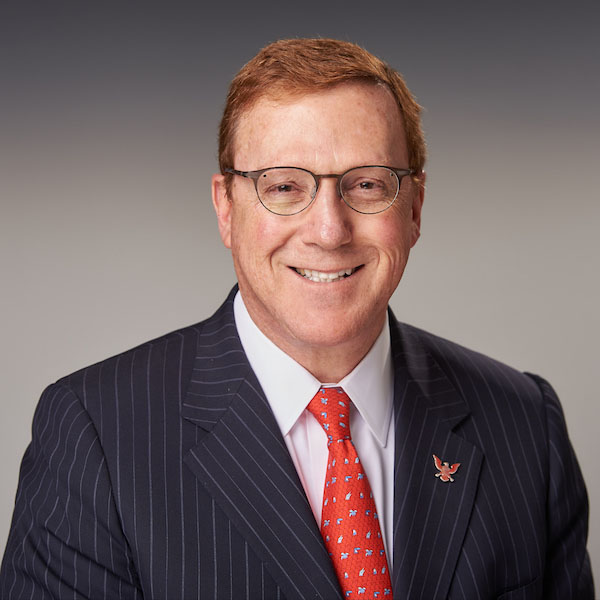Suicide Prevention is a Community Effort
 September is National Suicide Prevention Awareness Month, and all month long you’ll see the American Psychiatric Association (APA) and our allied groups sharing their knowledge and resources to foster education and confront the stigma around this topic.
September is National Suicide Prevention Awareness Month, and all month long you’ll see the American Psychiatric Association (APA) and our allied groups sharing their knowledge and resources to foster education and confront the stigma around this topic.
Suicide is the 10th leading cause of death in the United States, and the 2nd leading cause of death for people aged 10 to 34. The Centers for Disease Control and Prevention (CDC) estimates that 1.3 million adults attempt suicide each year. Suicide rates have climbed every year since 2006, presenting a serious public health problem.
Those statistics paint a grim picture, but in spite of that we must keep in mind that suicide is preventable. According to a national public opinion poll released by APA at the 2019 Annual Meeting, 63% of Americans agree that suicidal behavior is preventable. This is encouraging, because fighting the stigma associated with suicide and ensuring that those who need treatment are willing and able to get it will require a community effort.
When dealing with suicidal behavior, as with the treatment of most mental disorders, early interventions are key to good outcomes. More than one in five people who died by suicide had expressed their intent. Knowing the risk factors and recognizing the warning signs can help prevent suicide.
There are many factors that can put a person at an increased risk for suicide, including but not limited to substance misuse; mood disorders like depression or bipolar disorder; a sense of loss stemming from life events such as the breakup of a relationship or death of a relative; a history of trauma or abuse; chronic illness and pain; and more. Access to firearms, which accounted for half of all suicide deaths, is also a huge risk factor for suicide.
Suicidal thoughts are unfortunately quite common, and suicide itself is a very complex issue. Knowing that certain events can increase risk for suicide can help you to be vigilant around a friend, colleague or loved one you think may be struggling. Just as important is being able to recognize the warning signs of suicidal behavior.
Some of the most common warning signs that people are having thoughts of suicide include:
- Often talking or writing about death, dying or suicide
- Making comments about being hopeless, helpless or worthless
- Expressions of having no reason for living; no sense of purpose in life; saying things like "It would be better if I wasn't here" or "I want out."
- Increased alcohol and/or drug misuse
- Withdrawal from friends, family and community
- Reckless behavior or more risky activities, seemingly without thinking
- Dramatic mood changes
- Talking about feeling trapped or being a burden to others
Withdrawing from established relationships, like those with friends and family, is an especially troubling warning sign, as strong connections to friends, family and community is one of the major protective factors against suicide.
The recent CDC report on suicide recommends a comprehensive public health approach to slow the rate of suicides across the United States. States and communities around the country can undertake certain strategies to help prevent suicide, such as teaching coping and problem-solving skills to help people manage challenges, expanding options for temporary assistance for those in need and connecting people at-risk to effective and coordinated mental and physical health care.
This kind of community approach will be vital as we seek to de-stigmatize those who are having suicidal thoughts, help them to seek out treatment, and stem the tide of suicides in the United States.
If you notice any of the warning signs of suicide in someone you know, or if they indicate that they are considering suicide, the best thing you can do is listen and take their concerns seriously. Don't leave them alone. Let them know you care, and that they are not alone. Encourage them to seek help immediately from a professional. Your compassion and willingness to listen could save someone’s life.
By APA CEO and Medical Director Saul Levin, M.D., M.P.A.

